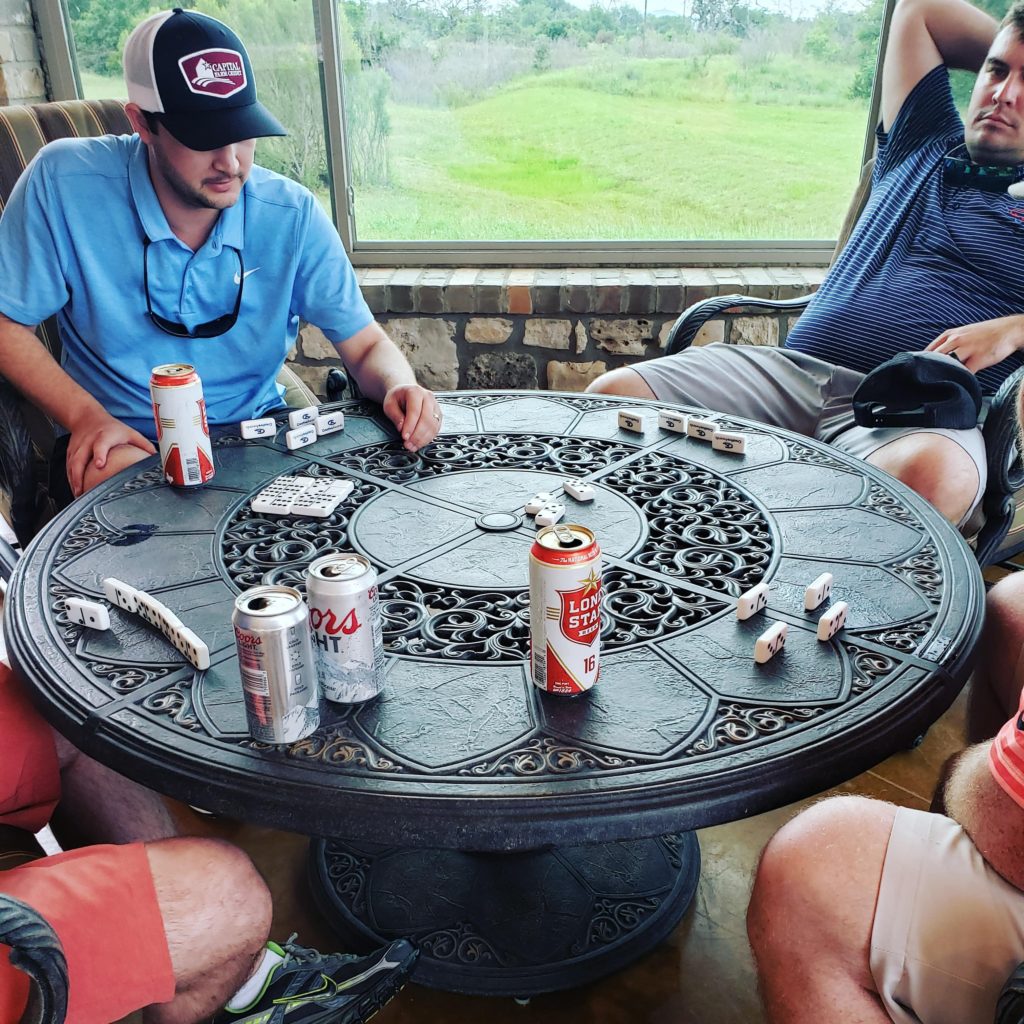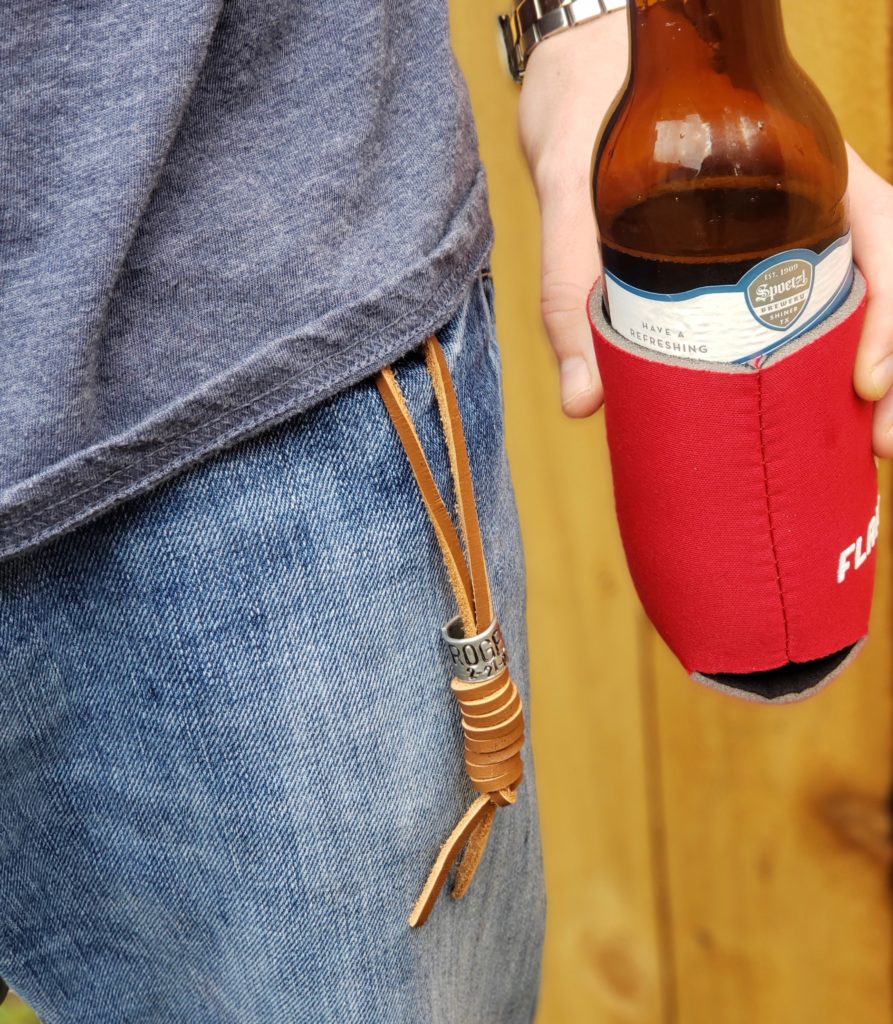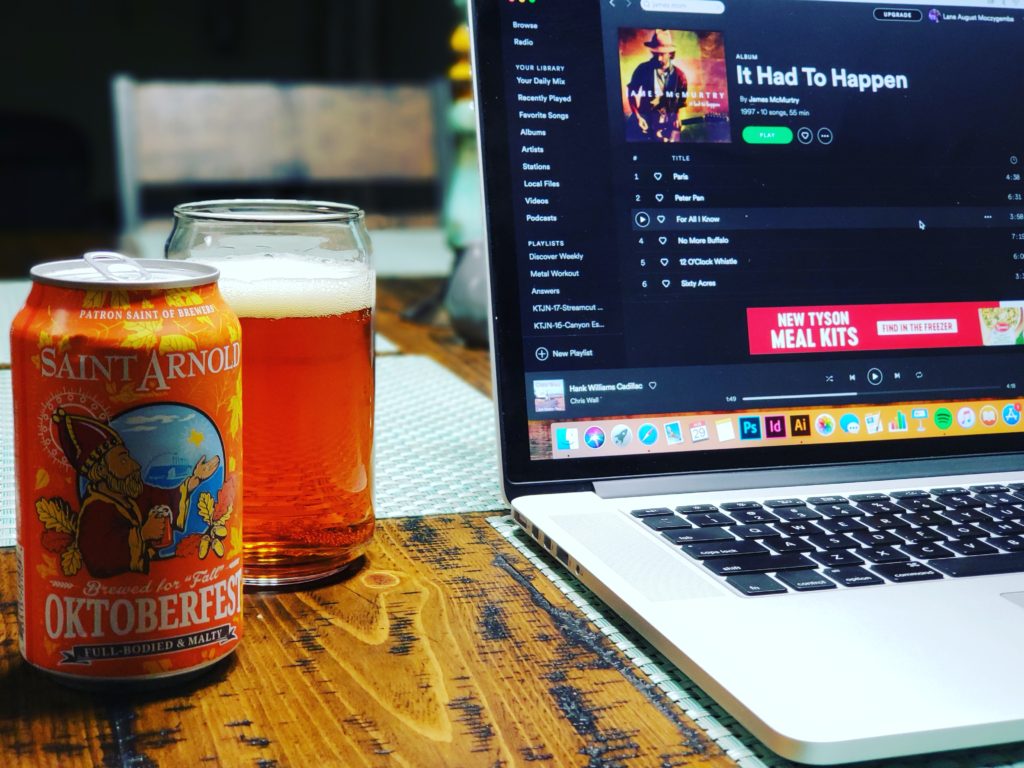I’ve mentioned before that my brother-in-law has a fairly successful and long-standing BBQ blog. Well I recently helped convince him to start doing some posts about his home brewing projects, which he does a lot of, and he gave me permission to use some of this content since I found it interesting. He brewed an American Lite Lager style beer not too long ago and I thought the whole thing was cool enough to share on Westbound Soul. So check out his page “Griffin’s Grub”, follow his blog, and enjoy the read below.
Thanks, Jason, for letting me share this on my site! (https://griffinsgrub.wordpress.com)
P.S. Don’t let his love for his alma-mater, Baylor University, scare you away. 😉
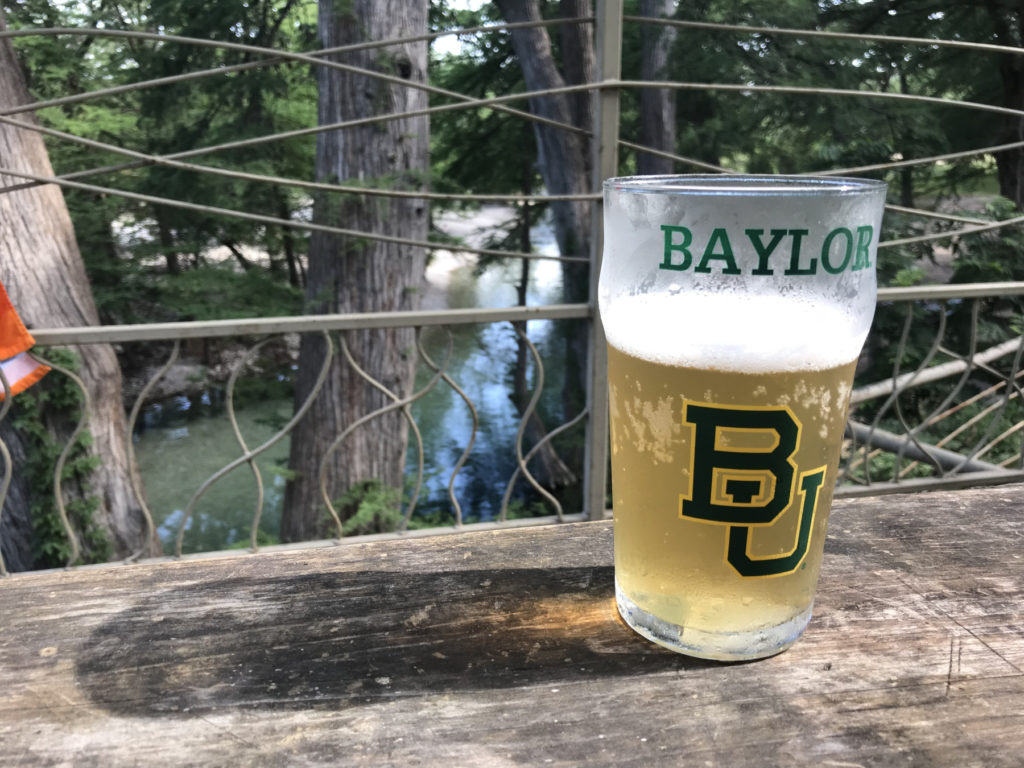
Almost 5 years ago, July 11, 2013, to be exact, I brewed my first beer. An extract version of Blue Moon. I had no idea what the fuck, excuse my French, I was doing nor did I know how far I was going to go with this hobby. In the almost 5 years I have been doing this, I have brewed 53 batches of beer and spent endless hours reading books and the internet and forums. Soaking up as much knowledge as I can. Sure, there was a big hiatus around the time my son was born. In 2015, I only brewed once, but last year I knocked out 21 batches and this year I’ve done 15 so far.
I decided after all the ales I’ve brewed, it was time to tackle a lager. And truthfully, had I been planning it, it probably should have been my 50th batch, but it just so happened it was my 49th batch. Damn…how did I screw that up? That’s some bad planning right there.

So what makes it an ale or a lager? The simplest answer is the yeast. There are basically two types of yeast. Saccharomyces cerevisiae and Saccharomyces pastorianus, the first being the group that ale yeasts belong to, the second being lager yeasts. Ale yeasts for the most part perform best at 60-75 F and lagers at 45-55 F (so you obviously need some type of temperature control to ferment lagers, especially if you live in Texas). Lagers also require a cold conditioning phase close to 32 F after they are done fermenting to condition. I’m not going to go into it any further as I’m sure your eyes are starting to glaze over unless you are a beer geek or a science nerd.
For the first lager, what should I brew? Why not just jump right out of the gates and try to brew one of the hardest lagers to nail? An American Lite Lager. You know the ones I’m talking about. Bud Light, Millet Lite, Coors Light? Well, why the hell would you do that? For the challenge, My Friend, the challenge.
You’ve probably tasted all three. You’re familiar. So why is it so hard to brew one? They don’t taste like much. Exactly. That’s the challenge. There’s nothing to hide behind if you screw up.
Mash temperature off? Oops!!
Didn’t pitch enough yeast? Uh-oh.
Fermentation temperatures not controlled? Better kiss that one goodbye.
Didn’t lager long enough or didn’t do a diacetyl rest? Might as well dump it.
Any of the things I mentioned can throw off flavors and a lite beer doesn’t have a ton of malt or hop flavors to hide those off flavors behind. So off we go to brew one of the most challenging beers to brew.
American Lite Lager 2.5 Gallon recipe
- 3lb American Pale 2-Row
- 0.75 lb Flaked Rice
- 9.25g German Hallertau 3.6AA 60 min boil
- 1 package Saflager S-23 rehydrated
SG = 1.029
OG = 1.038
FG = 1.006
ABV = 4.26%, SRM = 2.48, IBU = 10.03
That’s it. That’s all there is. Like I said, simple and nothing for any off flavors to hide behind.
The mash temp for this batch was 149F to give it that dry, crisp flavor you need.
As with all my 2.5 gallon batches, I collect 4 gallons of wort from the mash, boil off one gallon in an hour, leaving me with 3 gallons of wort. After chilling, I drain the wort to my fermenter leaving .25 gallons of mostly trub in the kettle and 2.75 gallons in my fermenter. After fermentation, there is usually a loss of .25 gallons due to trub and yeast, so I net about 2.5 gallons of beer or 1 whole case.
The yeast was rehydrated in 4oz of sterile water per Saflager’s instructions and pitched at 63F and then brought down to 50F.
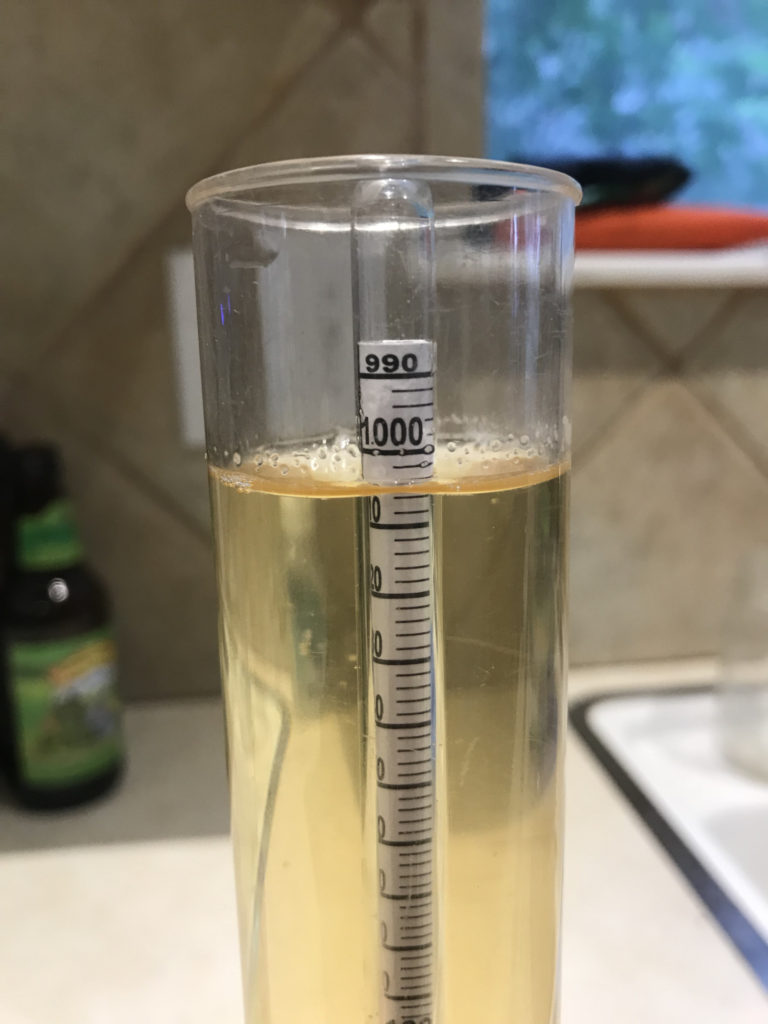
The beer was fermented at 50F for about 10 days and then was allowed to warm up to 60F for a diacetyl rest. At Day 12, the hydrometer was showing 1.005 which was my Final Gravity, so I began lowering the fridge down to a lagering temp of 35F over the next 24 hours.
I let the beer lager, for two weeks and then bottled it. I carbonated it by adding 77.5g of corn sugar dissolved in 8 oz of H2O in order to get 2.75 volumes of CO2 and added 2.5g Lavlin EC-1118 yeast as I was afraid all my yeast might have dropped out during the lagering phase. I later read that was probably not necessary. Out of the batch I got 23 bottles, one short of a case. Darn!!
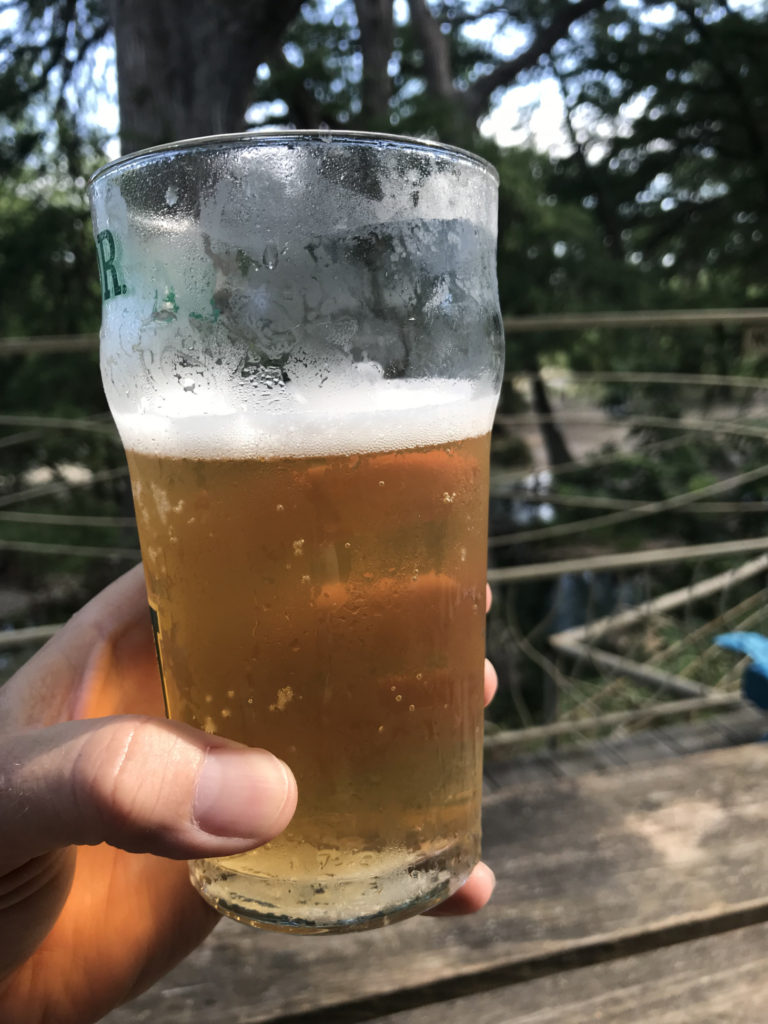
I brought a few of the beers down to the Frio, even though I didn’t think they were going to be ready. Usually I wait at least two weeks after I bottle before I try one. I couldn’t wait and I popped one open at Day 10. I was surprised! The beer was already carbonated and had dropped crystal clear as you can see in the picture above.
The beer came out exactly how I was shooting for. No strong malt or hops flavor. No off flavors. Just an American Lite Lager. If I had to compare, which I don’t drink a lot of light beers, I would say it’s probably closer to Coors Light or Bud Light than Miller Lite. Just a little bit sweeter than a Miller Lite.
For my first attempt at a lager, I’d say I nailed it and it wasn’t as hard as everything I read said it would be. Which gives me hope for my Czech Lager that I’m calling Czech Out My Lager that is lagering right now as I type. I hope I really didn’t just shoot myself in the foot and jinxed myself by saying that. Fingers crossed.
Would I brew it again? Probably not. It’s not really my style of beer, and if I do want one, I’ll probably just go buy one at the store. A lot of work, a lot of time tying up my fridge to ferment and then lager it. There’s so many other styles of beer that I enjoy and want to try to brew. But to be able to say that I did it? That’s pretty cool and it was worth the time and effort I put into it.
